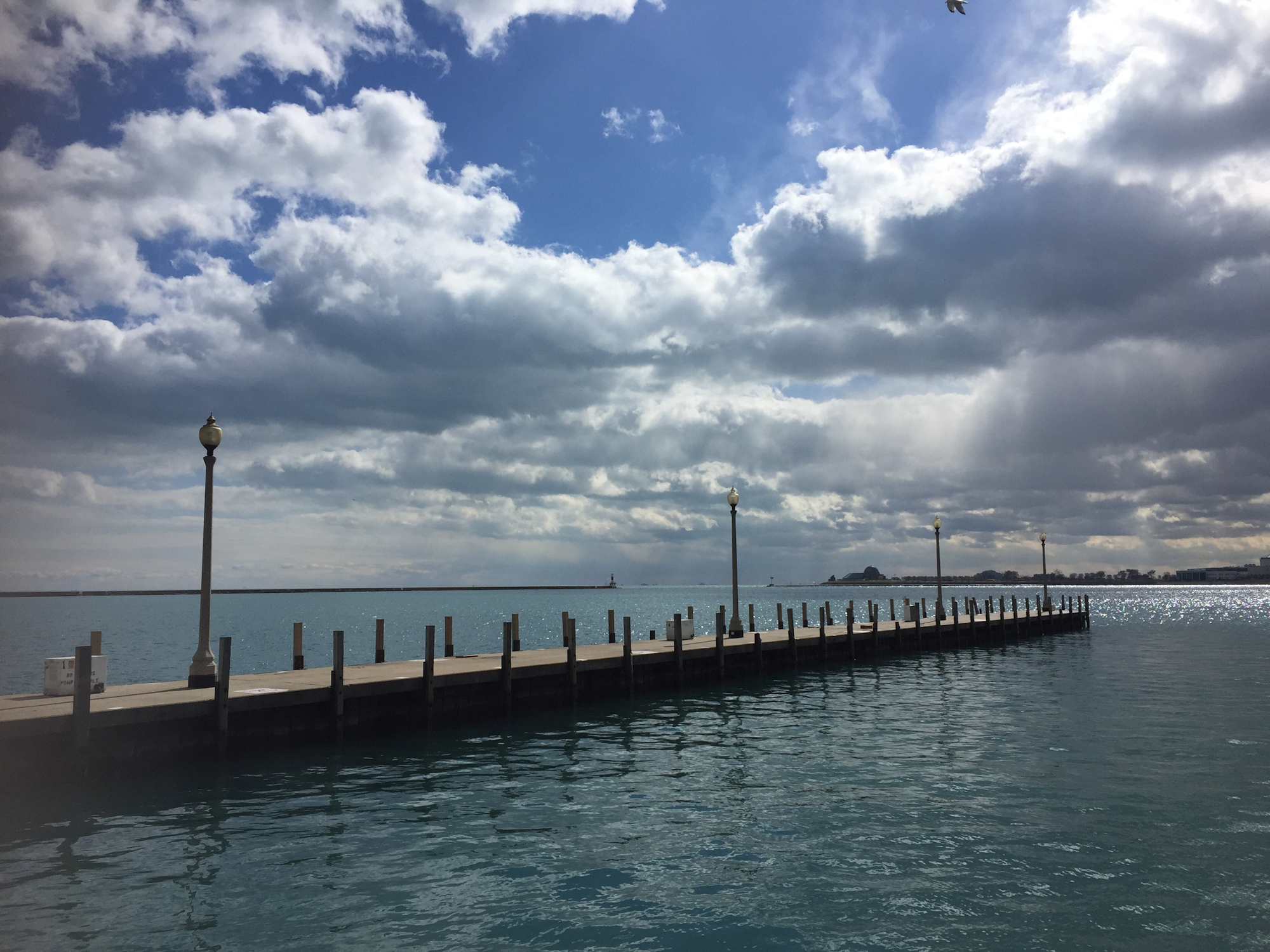Pegasus Global Holdings is planning to build a full-scale city somewhere in New Mexico "to test and evaluate technologies in conditions that most closely simulate real-world applications." According to the project's website, CITE-CITY, the company proposed building the model to overcome challenges related to access, long waits, and costs that they faced in carrying out testing of technologies in actual cities. Last August, Pegasus Global signed a Memorandum of Understanding with the New Mexico Economic Development Department in which they indicated the model will be built with private funds and create 350 new jobs. The company and State of New Mexico hope to draw vendors, investors, partners, and users from six specific areas of interest: Energy, transmission systems, transport, economic development, resource development, and security.
The company planned to break ground by this summer, but based on a recent article in myDesert.com, the project has been placed on hold due to land acquisition issues. However, it appears development plans for the model community will continue while the company searches for a new location.
The use of full-scale models for training and simulation is not a new idea. Many police and fire departments use existing structures for training. And the Texas Engineering Extension Service (TEEX) provides emergency response training at Disaster City – a 52-acre full scale "mock community." But not everyone chooses to model cities in the physical world. Increased computing capabilities offer a more efficient and low cost method to run simulations and training. A couple years ago, IBM launched CityOne – an online game people can play to explore how technology can impact cities. And over the last several years, Crista Lopes has been involved in some amazing work involving simulations in a virtual setting. One of her blog posts, Simulating a City, describes a traffic simulation/visualization project she has been working on. There are also many other examples of virtual simulations throughout Second Life and other 3D immersive worlds. The image in this post is a photo of a simulation of a stormwater collection and groundwater recharge facility that was built in Second Life.
Because of the tremendous cost of building physical models (in the case of the Pegasus Global project costs have been reported anywhere from $200 million to $1 billion) it would be interesting to see a study comparing the benefits, costs, and effectiveness of both physical and virtual simulations. And based on that type of study, a guideline could be developed to assist people in choosing the best, most economical, and efficient model for their purpose.



